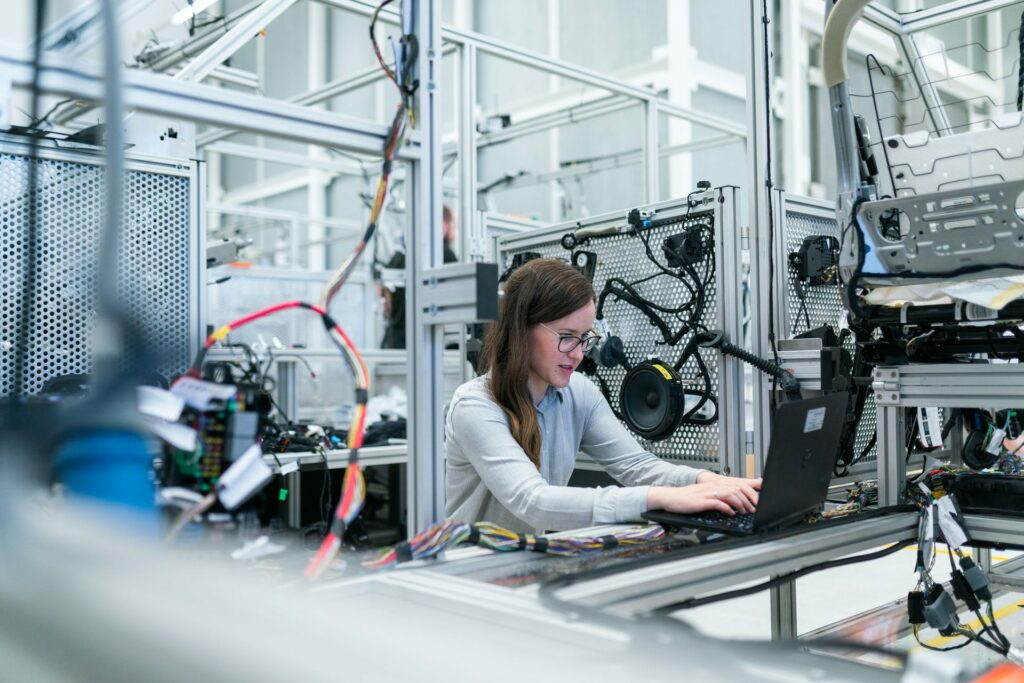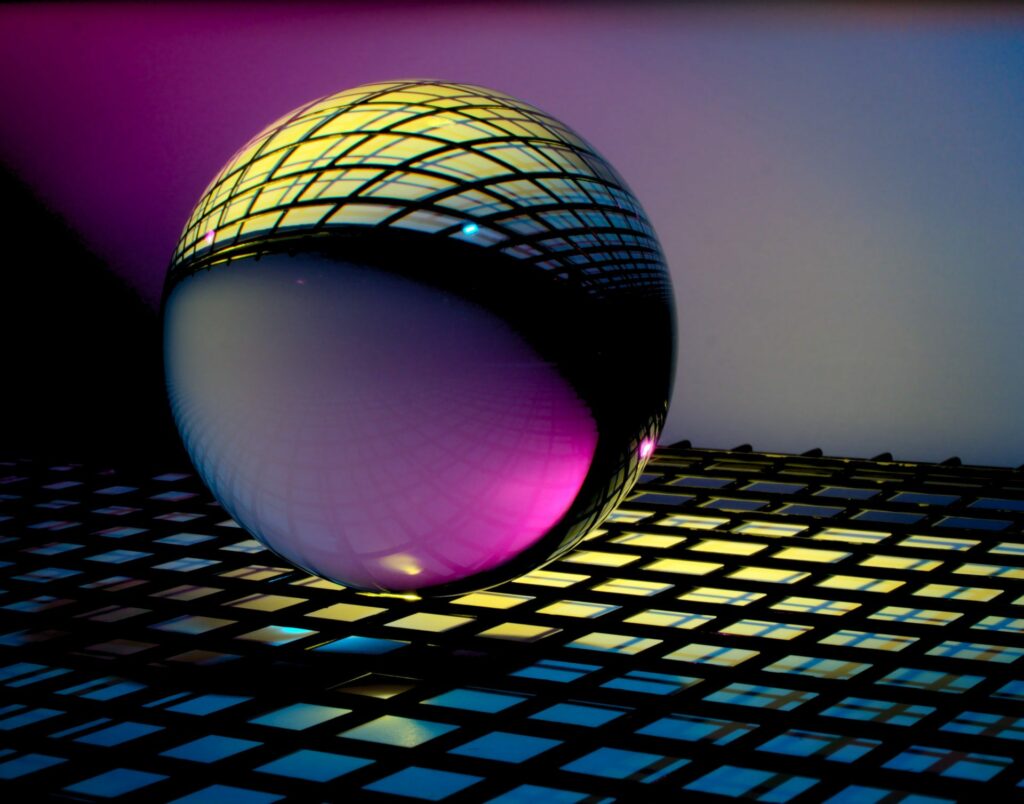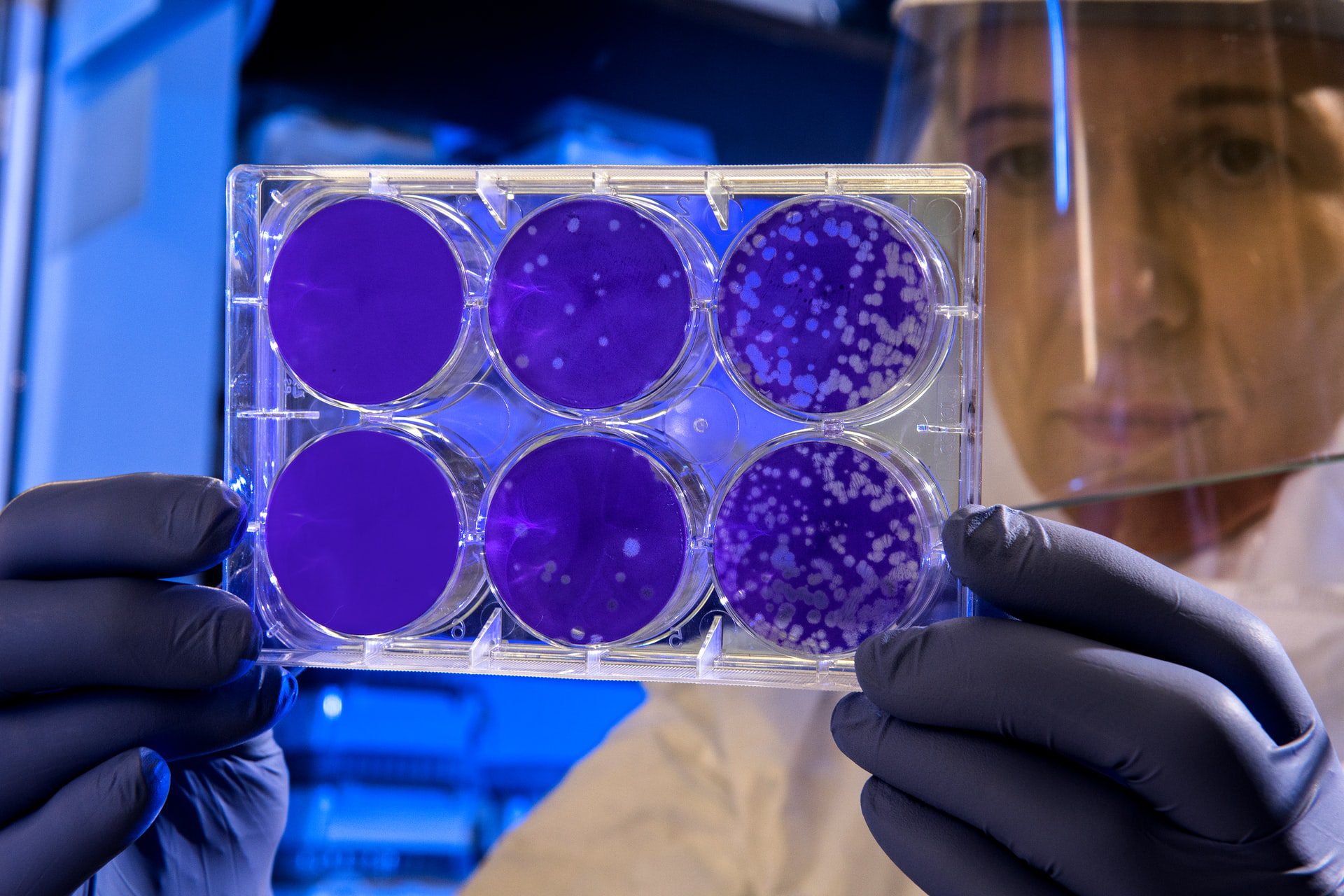It’s quite tricky to know what the next tech trends will be, but we have some great forecasts about the trends of the next decade. According to McKinsey, the oldest and largest strategy consulting firm, there are some interesting trends to look for in tech in the next 10 years.

The trends involve process automation and virtualization, distributed infrastructure, next-generation computing, trust architecture, applied artificial intelligence, future of connectivity, bio revolution, and clean technologies.
Process Automation and Virtualization
It’s becoming increasingly clearer that process automation and virtualization are the future of the industry. Businesses have automated so many processes, and most of the processes can be placed in a virtual environment.
The IoT market is growing exponentially, and by combining the currently accessible technology of robotics, digital twins, 3-D and 4-D printing, and the IIoT (Industrial Internet of Things), process automation and virtualization is going to be commonplace in a few years. The key reasons are:
- Cost-effectiveness: The costs are cut because there’s no need to hire people for basic processes, but you might need to hire people fluent in virtualized processes. The paperwork, the labor, and the overhead costs get cheaper.
- Accuracy and consistency: Automated and virtualized processes can be much more accurate than the ones performed by people. There’s no room for human error, and the good thing is the process becomes more predictive as it is more consistent.
- Time efficiency: It’s well-known that having machinery and people fluent in machinery can save a lot of time in different manufacturing processes.
- Reduced turnover: As the process gets automated and virtualized, the employee turnover gets reduced. It’s only natural, as the employees you had performing entry-level tasks can now progress further up the ladder.
Distributed Infrastructure
The distributed infrastructure trend in the next 10 years is largely based on current trends in computing, i.e. cloud computing, edge computing, and data science. Cloud computing offers easy access to various company resources and makes most processes easier.
Edge computing increases the effectiveness of analyzing data by giving companies the possibility to store it locally. There’s a reduced amount of data sent to the central hub, and this increases the speed and significance of data.
Combining these can help companies use any data or services faster, meaning that companies can set up different devices and machinery remotely without even visiting the premises.
Next-Generation Computing
Currently, many companies are working on quantum computing. Quantum computing is based on quantum mechanics, and it’s largely focused on the use of qubits. Qubits are based on bits that have two states at the same time. So, 1 bit is usually a 0 or a 1, but a qubit is both at the same time.
This has enormous potential in processing power. When we combine quantum computing with neuromorphic chips, chips containing artificial neurons made from silicon, we get next-gen computers.

This type of computing can solve many scientific problems, and it could help various industries in development and manufacturing by running simulations in as little time as possible, which would otherwise last much longer.
Trust Architecture
Two technologies are underpinning the trend of trust architecture, zero-trust security and distributed ledger technology, such as blockchain. Zero-trust security is based on constant verification within a company to prevent data breaches.
Blockchain has no central authority for transactions. In other terms, there’s no need to verify transactions through someone, and it’s public. DLT can be private, and by combining it with zero-trust security, a trust architecture can be formed.
Trust architectures are formed for determining how trustworthy a device is by evaluating the data flow from it through different apps, networks, and APIs. It has significant potential to increase security between companies and consumers.
Applied Artificial Intelligence
With artificial intelligence, we’re looking at applied AI in the next decade, helping machines learn faster and function with real-world data. This means that the computers will make sense of what’s going on in the real world.
This is all thanks to the current trends of computer vision, speech technology, and natural-language processing. Computer vision improves the computer’s ability to understand videos, images, text, etc. Speech technology recognizes speech and can reproduce it.
NLP processes language so that interactions between humans and technology become more natural and seamless.
Future of Connectivity
It is almost here, and it’s going to be powered by 5G. Combined with the IoT(Internet of Things), all technologies will function easily no matter the distance between them, and we’ll be able to control them in real-time remotely. The future of connectivity will immensely improve telecommunications, sports and entertainment, and transportation.
Future of Programming
The future is here, relying on the current advance of Software 2.0. Software 2.0 refers to machine learning in software development. Instead of programmers working to develop software, neural networks will use machine learning to do the same. This is a natural progression of programming.
Bio Revolution
This revolution combines most of the mentioned technologies and improves sustainability, energy, health, and material development. This means that we’ll be able to provide dietary recommendations based on genetics.
We’re understanding biological processes at the most basic levels, and we’re progressing in the ability to change genes and molecules, a foundation for the biological revolution that’s at hand.
Development in Materials
The next-generation materials are preceded by developments in nanoparticles, nanomaterials, smart materials that are responsive, and lightweight materials. There’s a lot of research going on in the materials sphere, and we just might see more interesting developments that provide an opportunity for various industries to prosper.
Clean Technologies
The trend all the countries in the world are aspiring to is clean technology. This refers to green energy, meaning the use of renewable energy sources. But, it also refers to electric vehicles and other forms of transport that don’t emit gases. A lot of progress has been made in the clean technology department.
Conclusion
Looking ahead, a bright future awaits us. It’s the next evolutionary step up the ladder of our civilization. Tech trends, such as artificial intelligence, neural networks, and machine learning, will contribute to the better use of renewable energy. Finally, they will contribute to better connectivity, easier programming, biological engineering, the distributed ledger development of useful materials, and better security.


